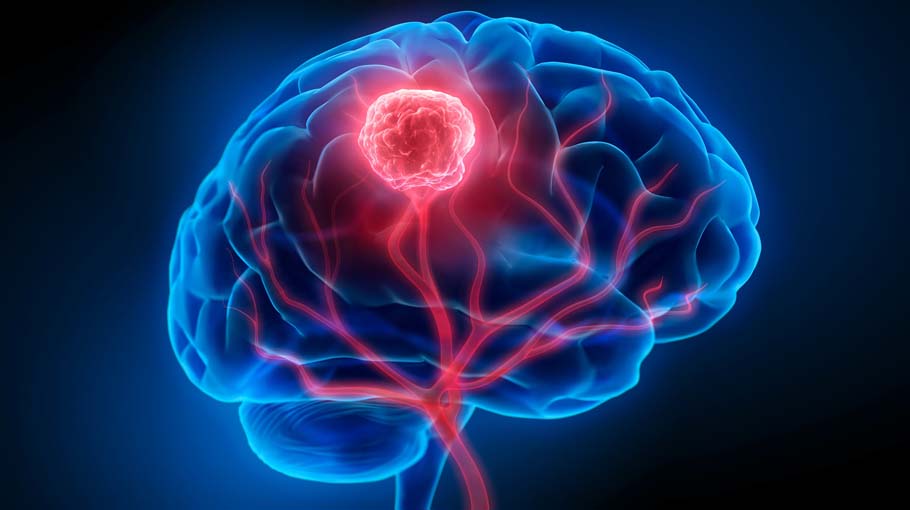Treatment for neuroblastoma (part 5)

Your child's doctor selects a treatment plan based on several factors that affect your child's prognosis. Factors include your child's age, the stage of the cancer, the type of cells involved in the cancer, and whether there are any abnormalities in the chromosomes and genes.
Your child's doctor uses this information to categorize the cancer as low risk, intermediate risk or high risk. What treatment or combination of treatments your child receives for neuroblastoma depends on the risk category.
Surgery:
Surgeons use scalpels and other surgical tools to remove cancer cells. In children with low-risk neuroblastoma, surgery to remove the tumor may be the only treatment needed.
Whether the tumor can be completely removed depends on its location and its size. Tumors that are attached to nearby vital organs — such as the lungs or the spinal cord — may be too risky to remove.
Chemotherapy:
Chemotherapy uses chemicals to destroy cancer cells. Chemotherapy targets rapidly growing cells in the body, including cancer cells. Unfortunately, chemotherapy also damages healthy cells that grow quickly, such as cells in the hair follicles and in the gastrointestinal system, which can cause side effects.
Children with intermediate-risk neuroblastoma often receive a combination of chemotherapy drugs before surgery to improve the chances that the entire tumor can be removed.
Courtesy: Mayo Clinic
Related News:
Neuroblastoma, its symptoms (part 1)
Causes of Neuroblastoma (part 2)
Risk factors, complications of neuroblastoma (part 3)



